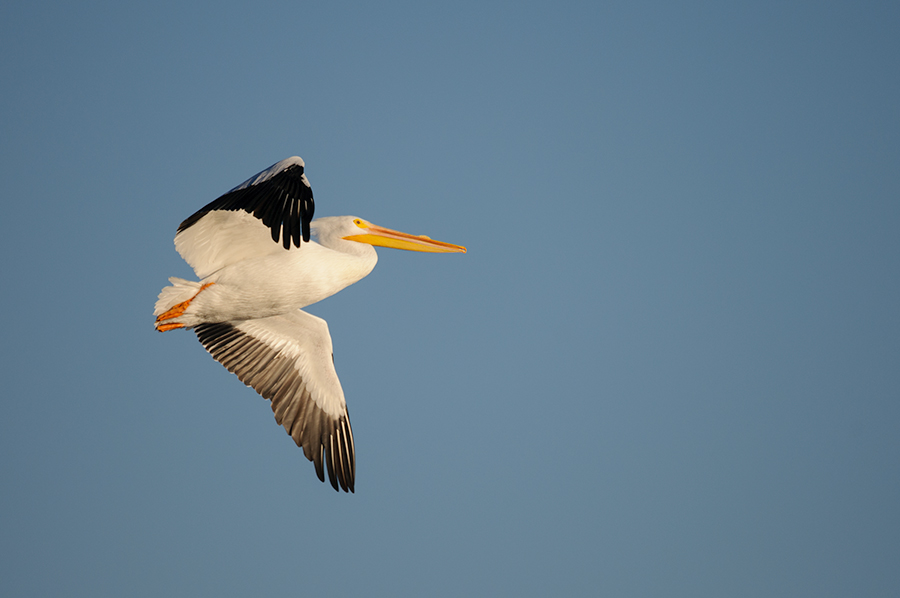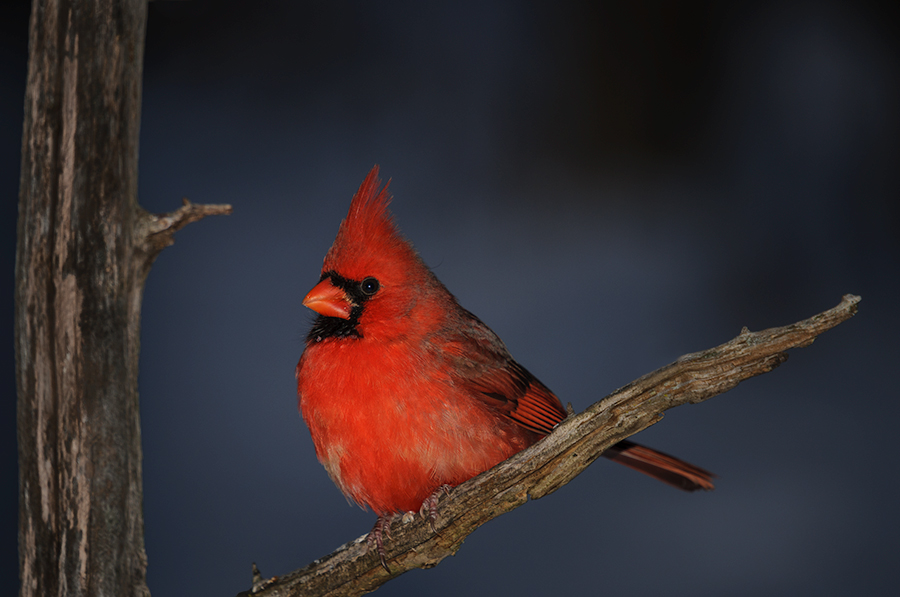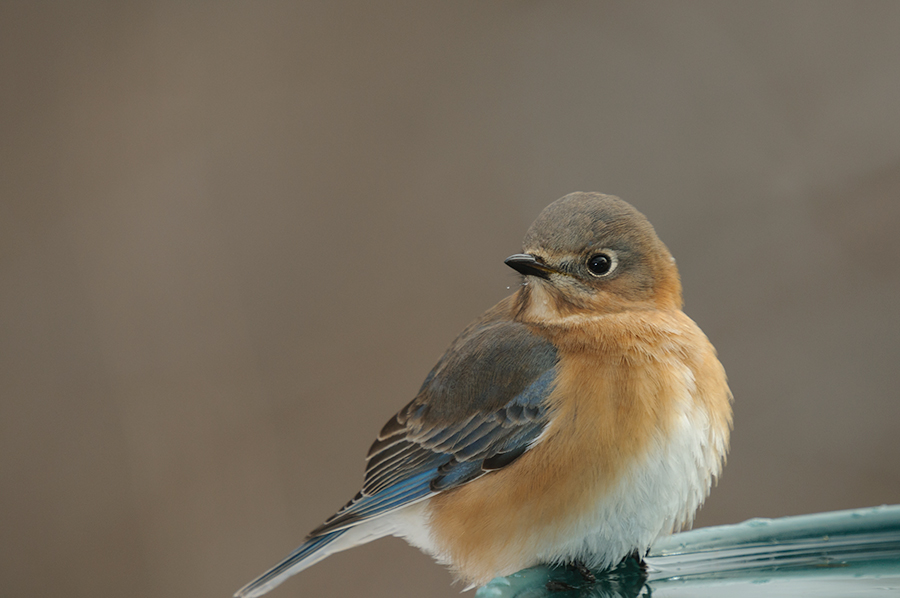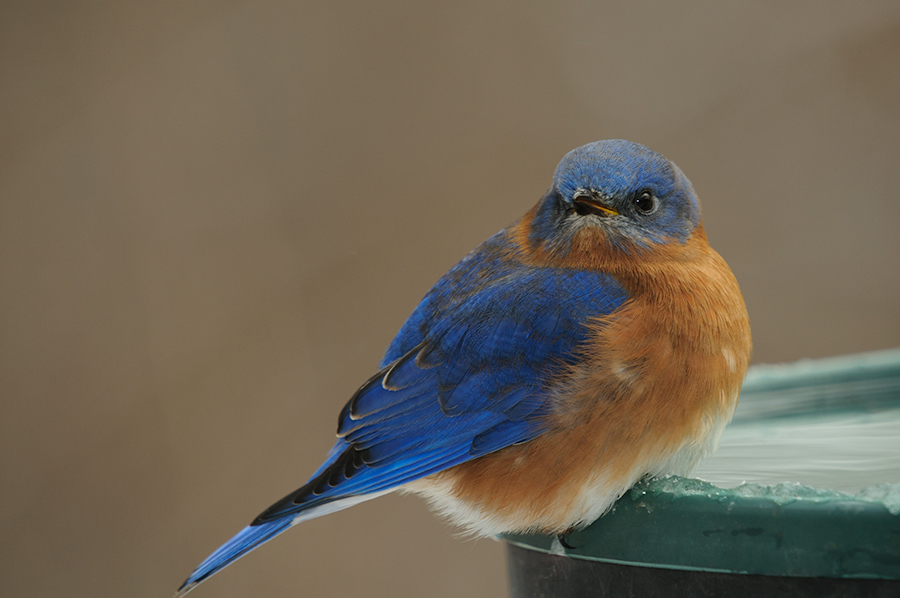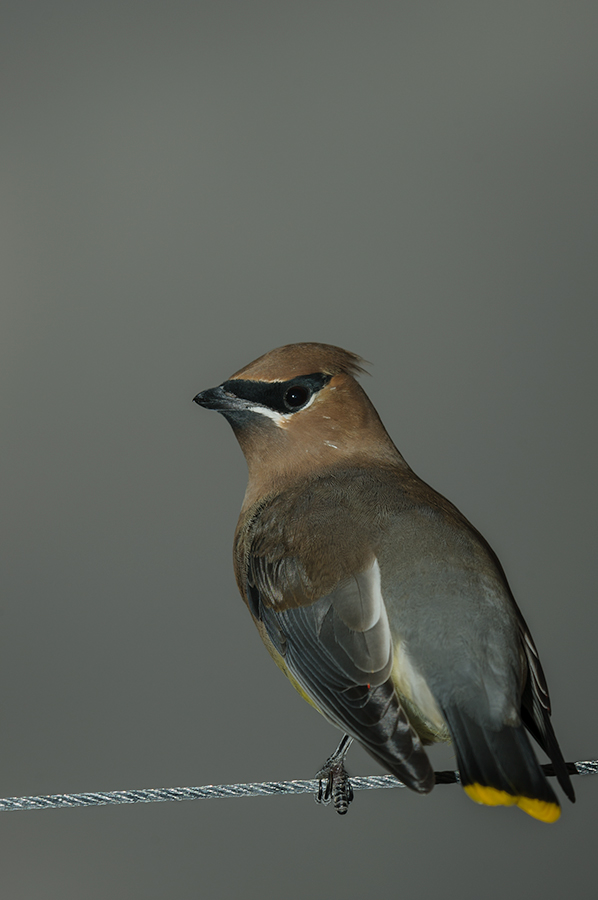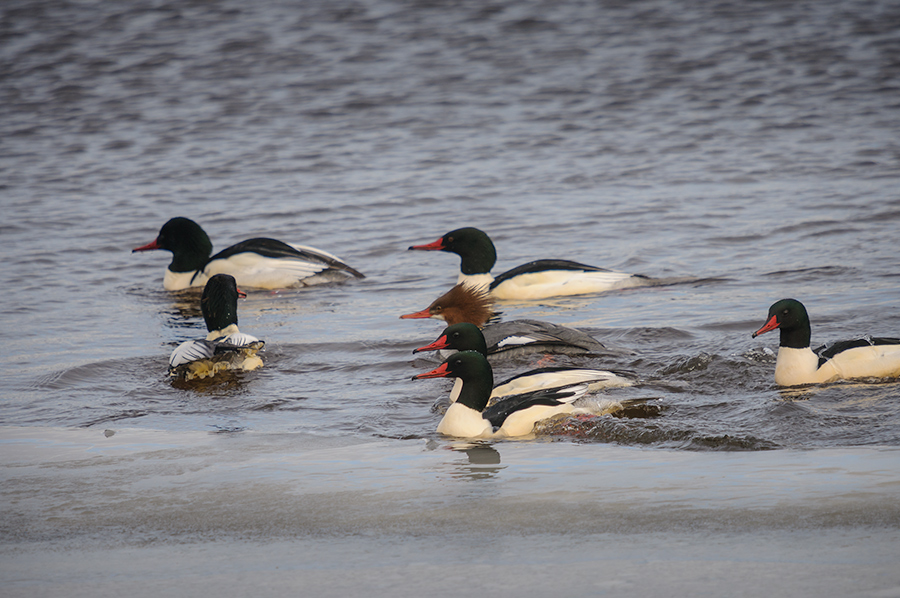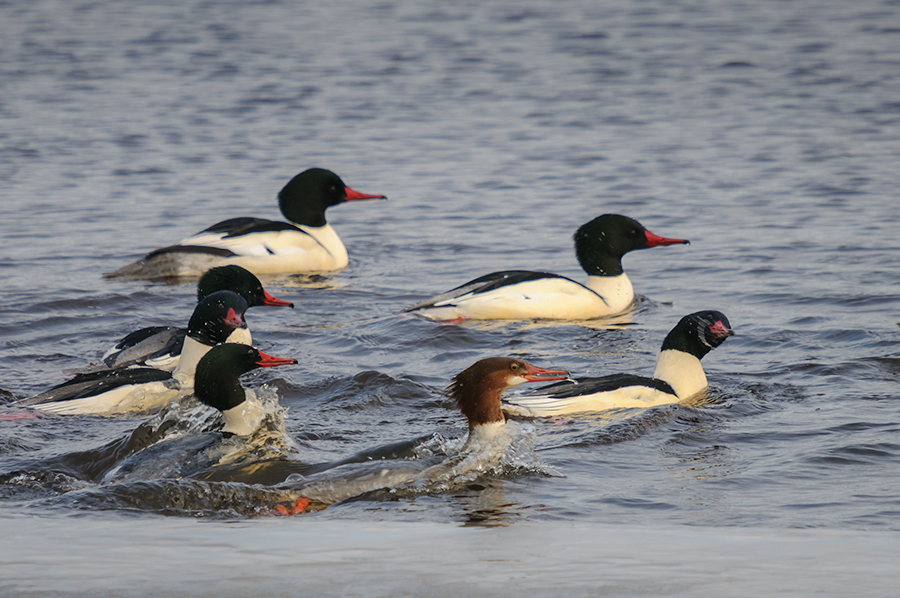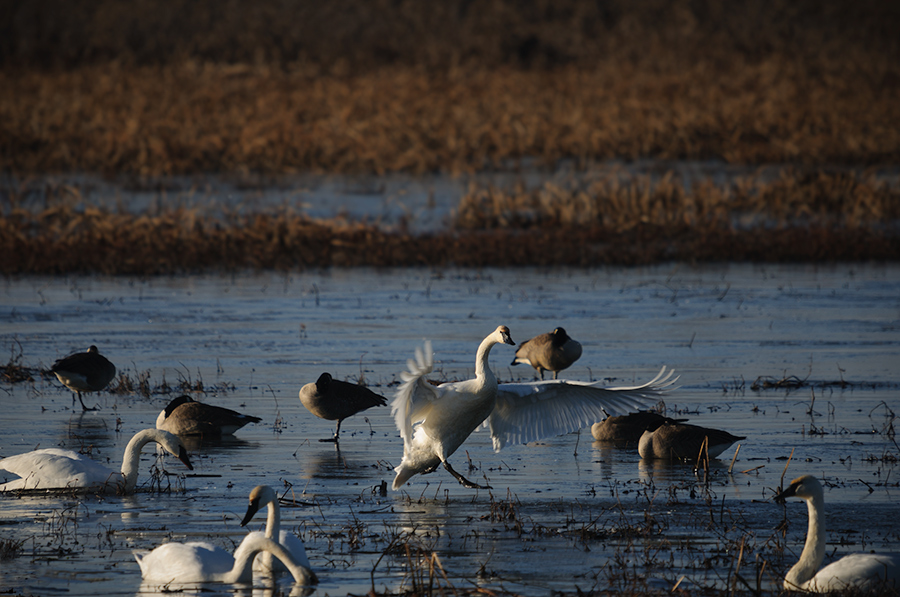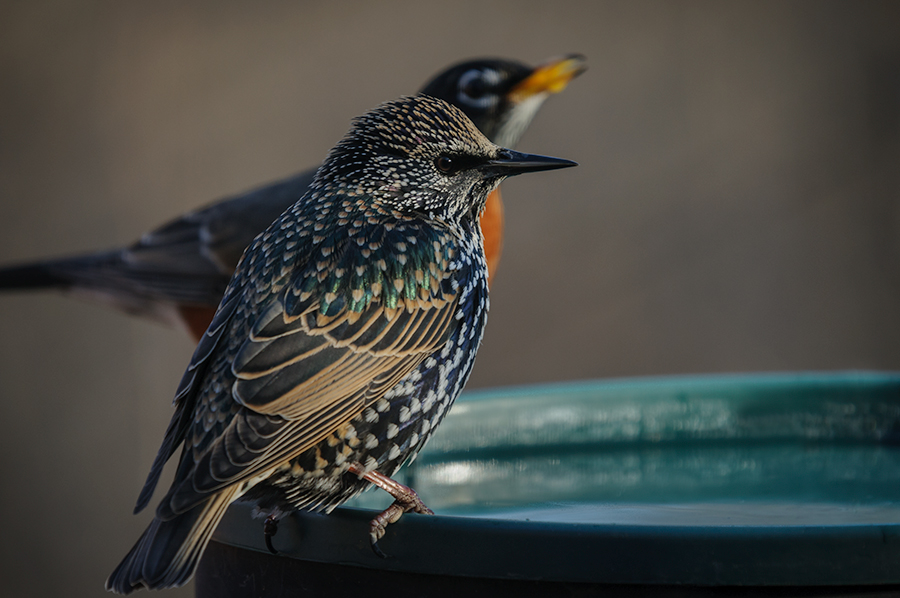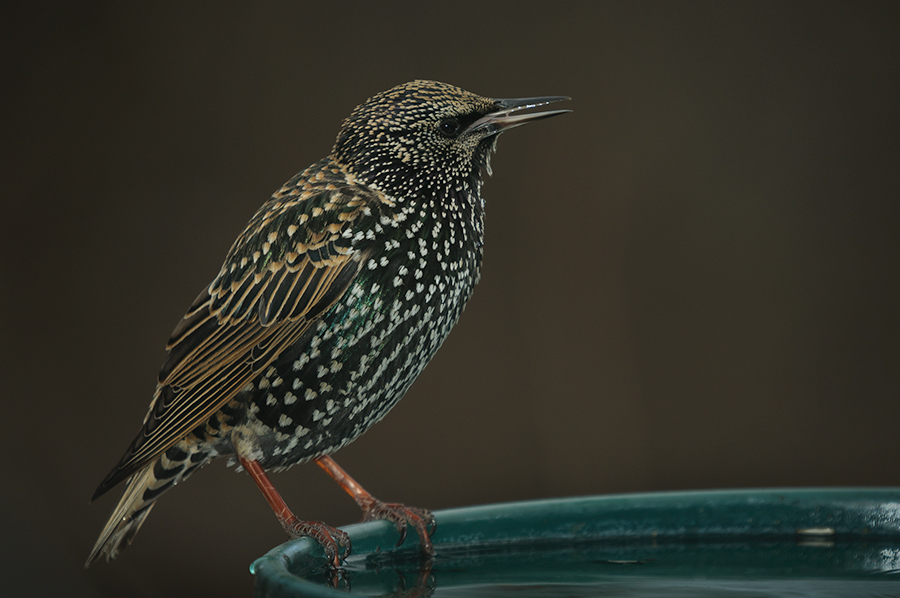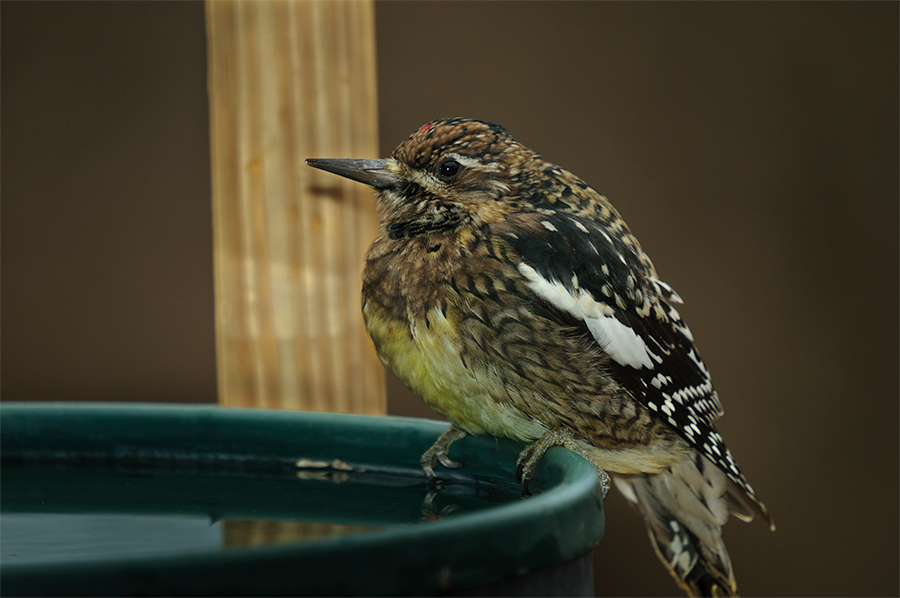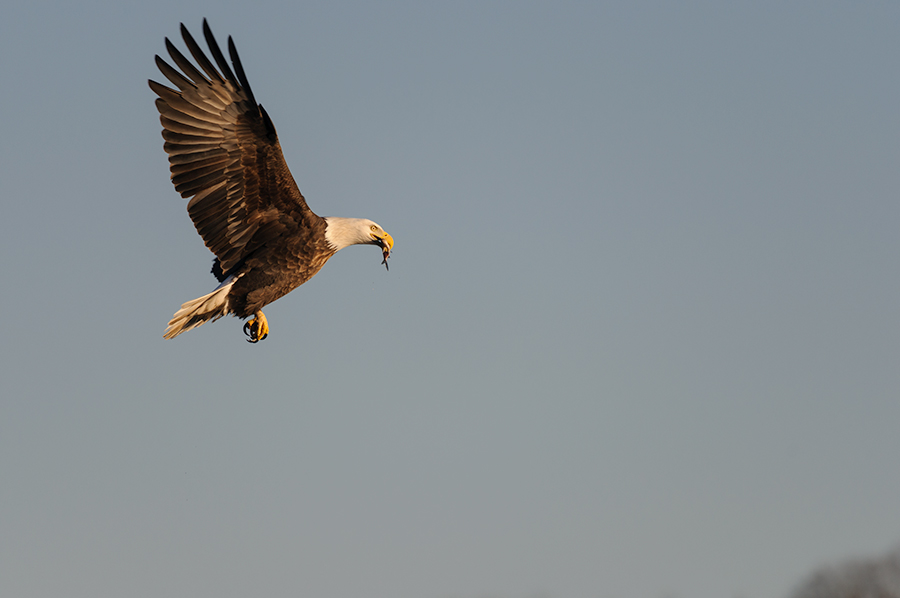
I remember when I made my first photo of a Bald Eagle sitting in a tree somewhere along the Mississippi River. The picture was taken from far away and I had to crop the heck out of the image to make it work and spent a lot of time in post process. Now, a few thousand shots later, I still have room for improvement, a process that will probably never end. But it isn’t anymore so much about getting all the technical aspects right, that has moved to a different level of consciousness, but it is about to find a good gesture or to catch the right moment that tells the story about the eagles better than the last photo.
The first image makes us believing that an eagle catches the fish with its bill, but they don’t, they still use their talons to get the fish out of the water. I caught the brief moment right after the catch when the Bald Eagle picked up the fish from the talons and started eating it. They don’t do that with the bigger fish but a little one is gobbled down immediately like a snack.
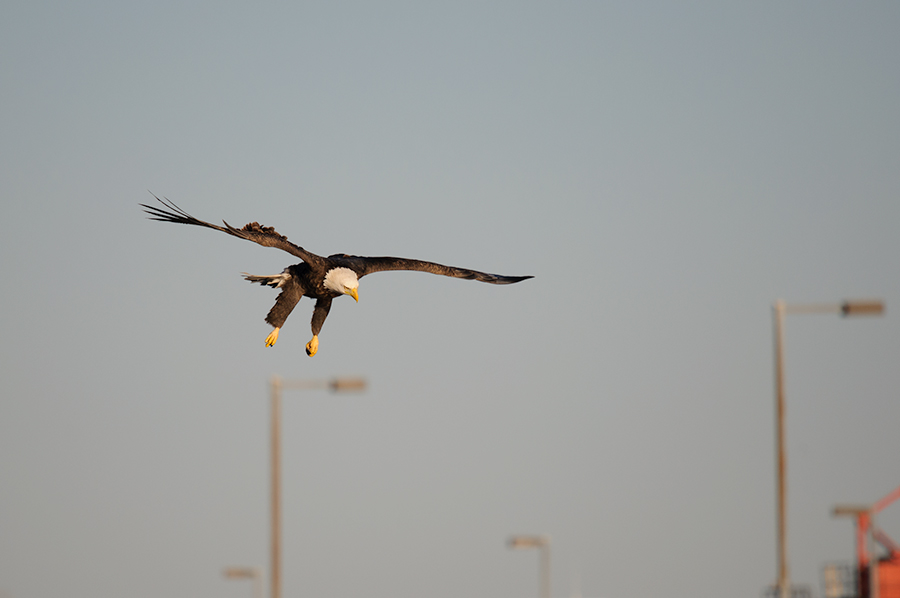
The gesture of the bird in the second photo tells the photographer, you better be ready and lock the focus on, if you want to make the click during the moment the eagle makes a catch. It also shows where the difficulty lies at a location like lock and dam #14 in LeClaire. There are many structures in the background that can ruin an otherwise perfect shot but sometimes they also can help to tell the story.

